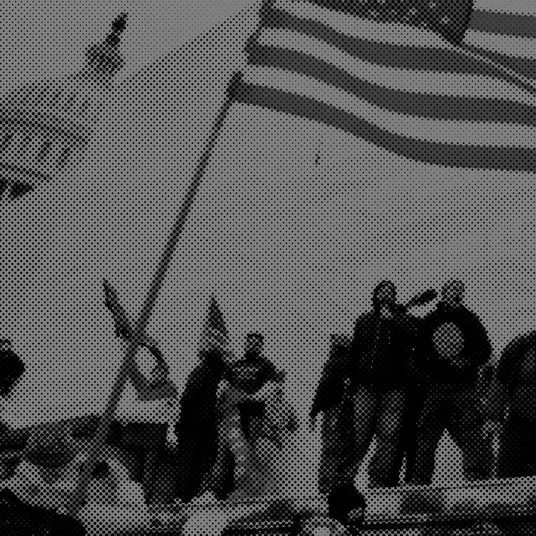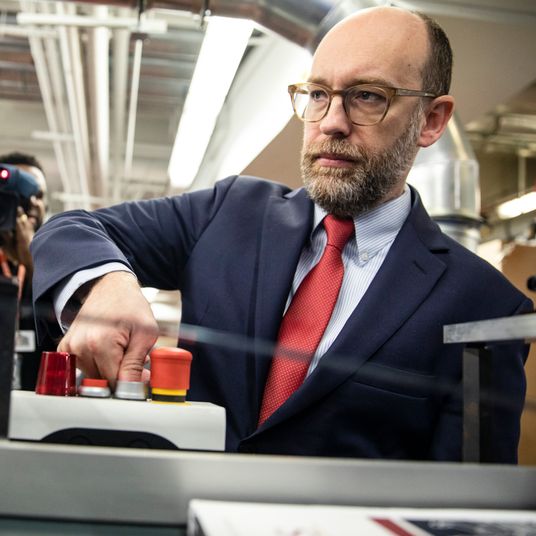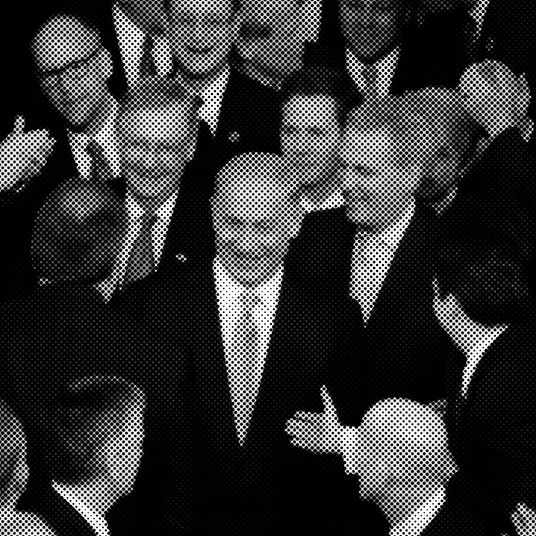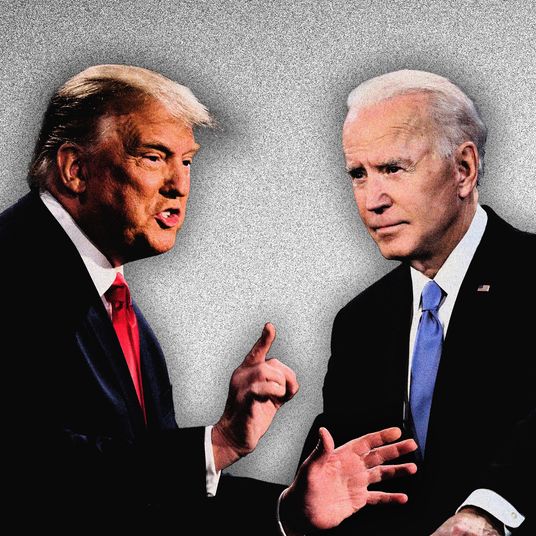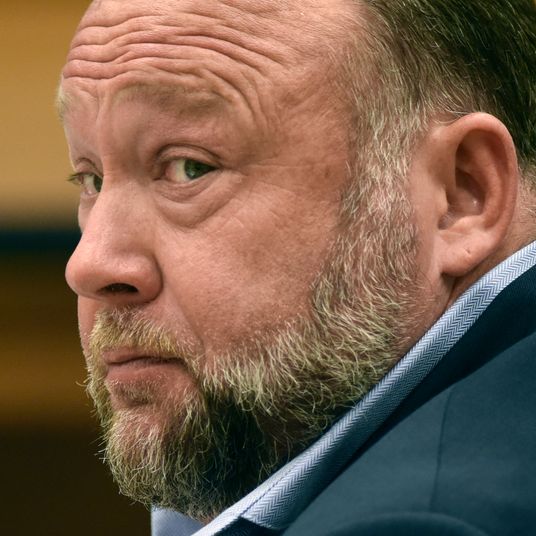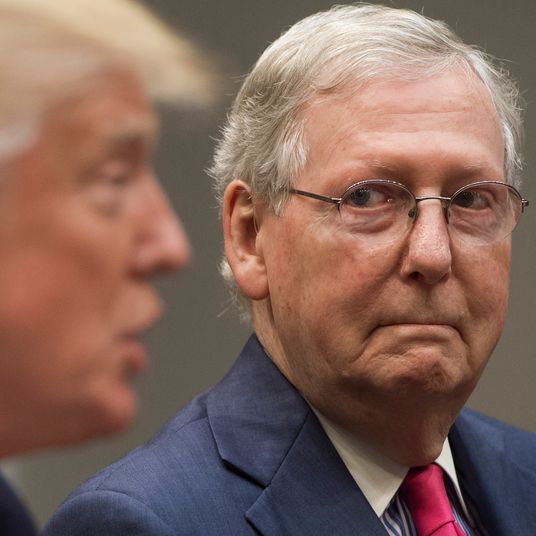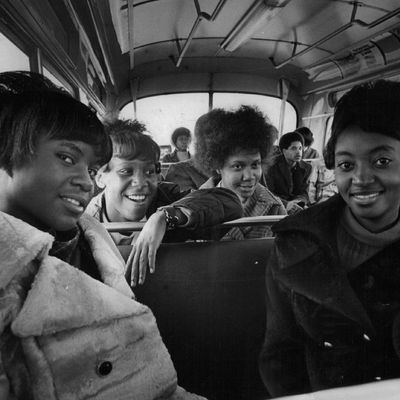
Friday was the 70th anniversary of the U.S. Supreme Court’s decision in Brown v. Board of Education that formally struck down state-enforced racial segregation of public schools as violating the Equal Protection Clause of the 14th Amendment. An assessment of Brown’s legacy in the Washington Post, based on new public opinion research, made three salient points on how people view its impact today: (1) Retroactive support for the basic holding in this decision is at an all-time high; but (2) many Black Americans are disappointed by the educational benefits of desegregation; and (3) “large segments of the White population oppose strategies that would help make [integration] a reality.” Anyone with a good memory of the fraught history of conflict over desegregation knows that Black disappointment owes a lot to white resistance.
In reality, the full implementation of Brown has been hampered by wave after wave of what came to be known as “white flight”: first from integrated schools and then from public education itself. But even before that happened, the impact of Brown was frustrated by a proviso in the decision itself that desegregation should be dismantled “with all deliberate speed.” This was an amber light that gave southern proprietors of the “separate but equal” school systems Brown theoretically condemned abundant time to challenge more specific measures in the courts and in general drag their feet. This is why over a decade after the decision, I was attending an all-white public high school in majority-Black Atlanta, Georgia.
Eventually, desegregation occurred even in the Jim Crow South, but that didn’t mean actual integration. Even in multiracial jurisdictions, “neighborhood schools” tracking segregated-housing patterns provided one way of escape for white students whose parents didn’t want them in classes with Black peers. But as urban areas outstripped the boundaries of core cities, the ability to reconstruct majority- or even all-white schools in suburbs was a significant factor in “white flight” that perpetuated both residential and school segregation. The controversy over “busing” to overcome “white flight” by overriding school-district boundaries, as federal courts dictated in many urban areas around the country, dominated the politics of education in the 1970s and 1980s. A whole generation of white politicians in both parties — including, famously, the current president of the United States — cut their teeth on “anti-busing” movements, and by the end of the 1990s, the very federal courts that created “busing” threw in the towel and put an end to it.
But long before busing rose and fell, a second and more invidious strategy for fighting school integration was born in mostly rural southern counties with unitary public-school systems that couldn’t be resegregated by school-district or political boundaries: “white flight” from public education altogether. Born in the 1950s when segregationist pols flirted with closing public schools altogether rather than integrating them, white communities and their churches sponsored pop-up private schools, often quite inexpensive, that were universally and accurately known as “segregation academies.” In 1976 in a landmark decision nearly as important as Brown, SCOTUS ruled that the Civil Rights Act of 1964 banned racial discrimination in private-school admissions. It was so heated a controversy that most historians now believe the threat to segregated church-sponsored schools (including colleges and universities) rather than legalized abortion was the genesis of what came to be known as the Christian right.
Though overtly racist public or private schools became unavailable by the end of the 1970s, white flight from public schools continued, usually accompanied by efforts to give private (and again, often church-sponsored) schools tax subsidies that in effect made them publicly sponsored private schools following religious doctrines and serving a select (and usually majority-white and middle-to-upper-class) clientele. Various and increasingly widespread experiments with private-school “vouchers” have been embraced by Republicans (and, to a more limited extent, by some Democrats) in the 21st century. Most recently, individualizing school subsidies has been a frequent by-product of the conservative “parental rights” movement in education, in which the very idea of public schools as a means of promoting racial, economic, or social equality is under attack. And while some school-voucher programs are marketed as a boon to Black students “trapped” in underfunded public schools, the historical record is that they ultimately produce racially and economically stratified instruction by taking the “public” out of public schools altogether.
The bottom line is that realization of the dream of an integrated public-school system has been frustrated by decades of delays, evasions, and outright opposition stemming from white political resistance — a resistance increasingly championed by today’s Republican Party as part of its pervasive Trump-driven mission of bringing back the “greatness” of America as it existed before the 1960s came along and spoiled everything. Perhaps the vision represented by Brown was always naïve, and the strategies adopted by courts and schools to implement it were sometimes ham-handed or even counterproductive. But just accepting segregated schools is inimical to civic and religious values much older than a 70-year-old Supreme Court decision.








